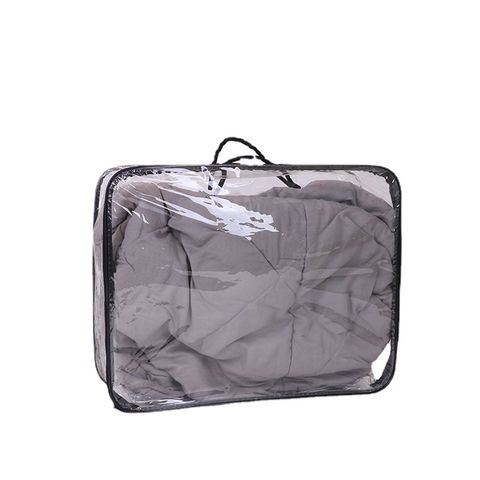Polyvinylidene chloride (PVDC) is a versatile polymer widely used in various industries due to its exceptional barrier properties. However, like any other material, PVDC also has its share of disadvantages. In this blog post, we will delve into the drawbacks of PVDC, shedding light on its limitations and exploring potential alternatives. By understanding these disadvantages, professionals across industries can make informed decisions when considering the use of PVDC in their applications.
- Environmental Concerns:
One of the significant disadvantages of PVDC is its environmental impact. PVDC is not biodegradable, which means it persists in the environment for an extended period. Improper disposal of PVDC products can lead to pollution and harm ecosystems. As sustainability becomes increasingly important, industries must consider alternative materials that are more eco-friendly. - High Production Costs:
PVDC production involves complex processes and requires specialized equipment, making it relatively expensive compared to other polymers. The high production costs can limit its use in certain applications, especially in price-sensitive industries. Exploring cost-effective alternatives without compromising on performance is crucial for businesses aiming to optimize their production processes. - Limited Heat Resistance:
While PVDC exhibits excellent barrier properties against moisture, gases, and chemicals, it has relatively low heat resistance. At elevated temperatures, PVDC can degrade, resulting in a loss of its barrier effectiveness. This limitation restricts its usage in applications requiring high-temperature resistance, such as packaging for hot-fill products or industrial processes involving heat. - Permeability to Certain Solvents:
PVDC's barrier properties are not universal, as it may be permeable to certain solvents, including some organic compounds. This permeability can compromise the integrity of the packaged product, leading to potential quality issues or safety concerns. Industries relying on PVDC for solvent-containing products should consider alternative barrier materials that offer better resistance to specific solvents. - Complex Recycling Process:
Recycling PVDC can be challenging due to its chemical composition and the presence of other materials, such as coatings or adhesives. The complex recycling process adds to the overall cost and energy consumption, making it less favorable from an environmental standpoint. Developing more efficient recycling techniques or exploring alternative materials with better recyclability can help mitigate this drawback.
Conclusion:
While PVDC possesses remarkable barrier properties, it is essential to consider its disadvantages when evaluating its suitability for various applications. Environmental concerns, high production costs, limited heat resistance, permeability to certain solvents, and complex recycling processes are among the key drawbacks of PVDC. By acknowledging these limitations, industries can make informed decisions, exploring alternative materials that align better with their specific requirements, sustainability goals, and cost considerations. Embracing innovation and staying updated with advancements in polymer technology will pave the way for a more sustainable and efficient future.

